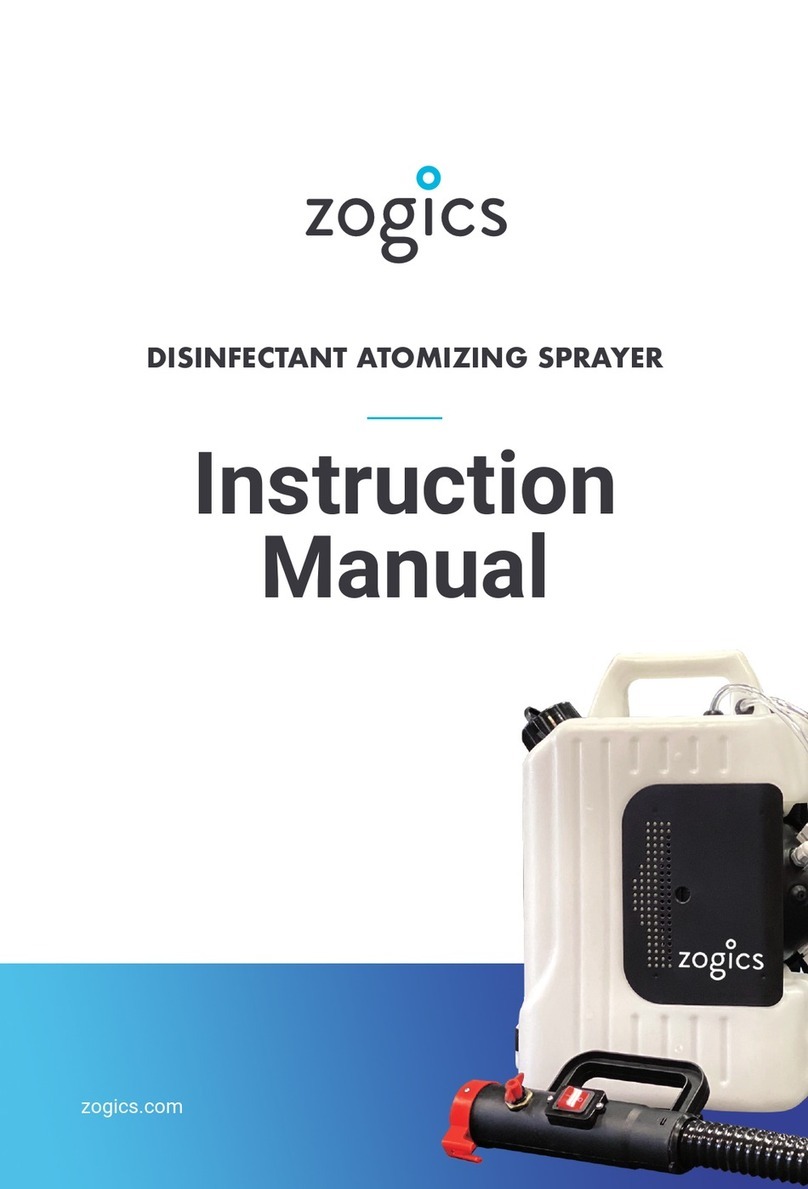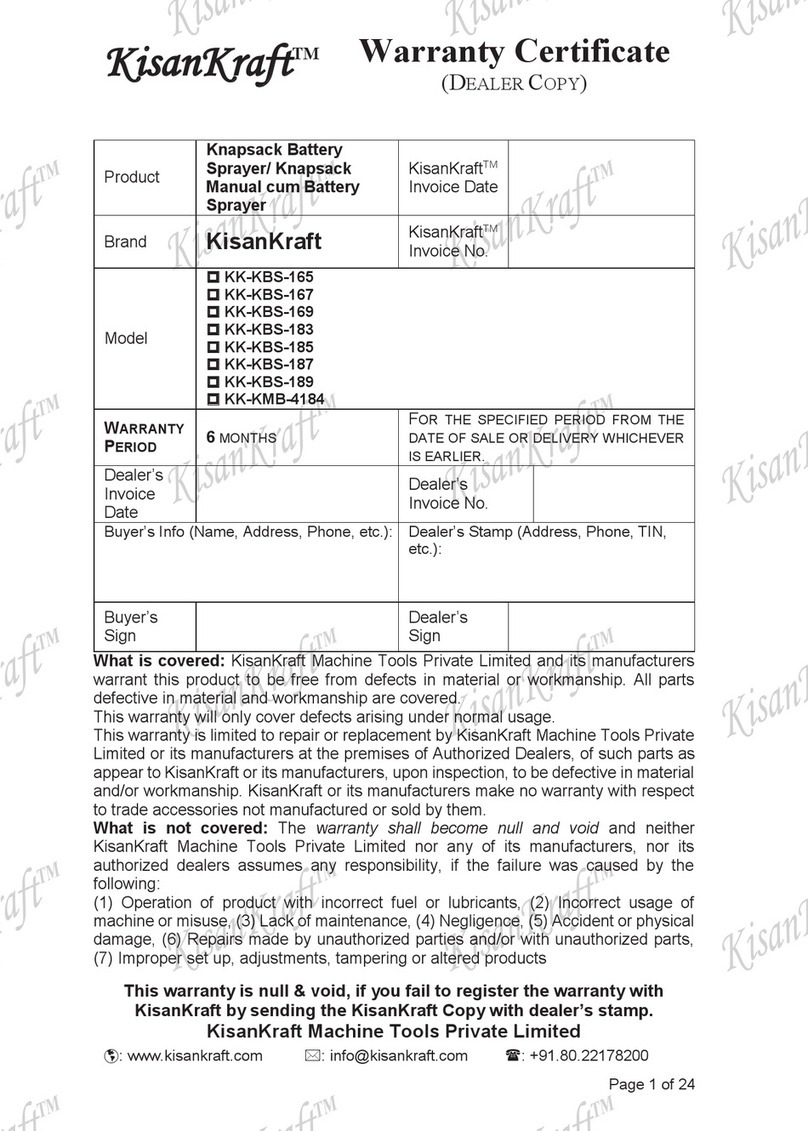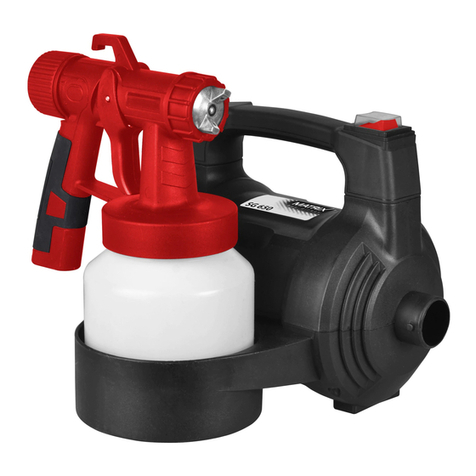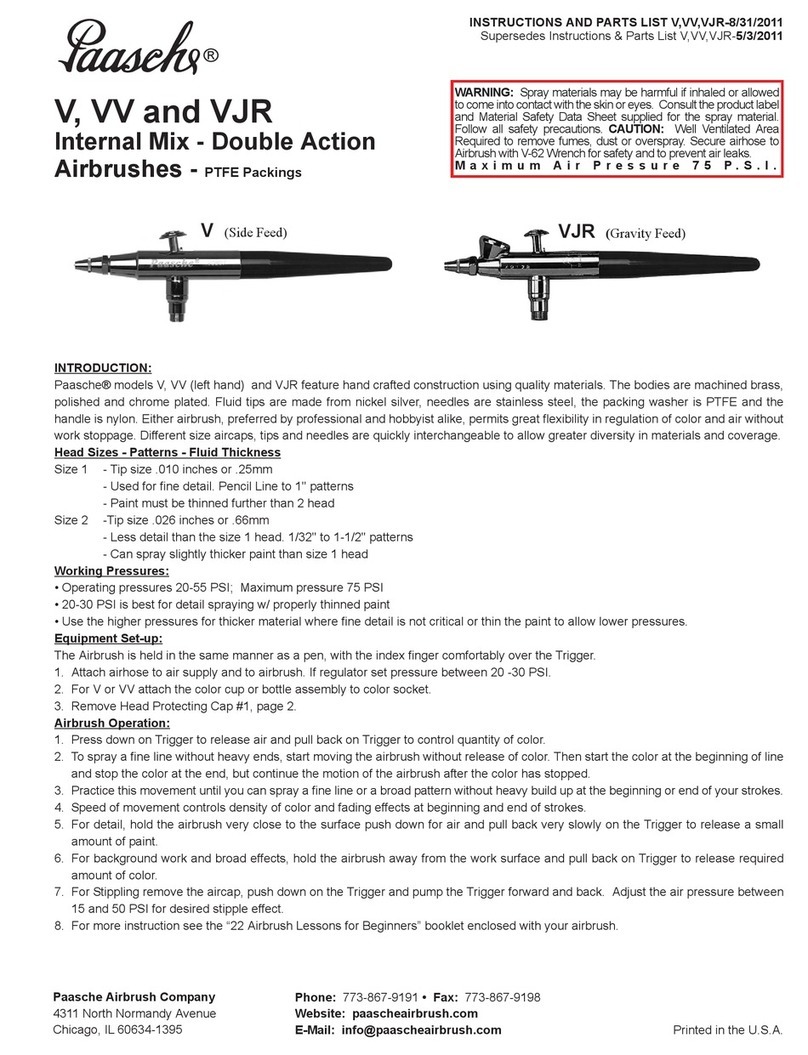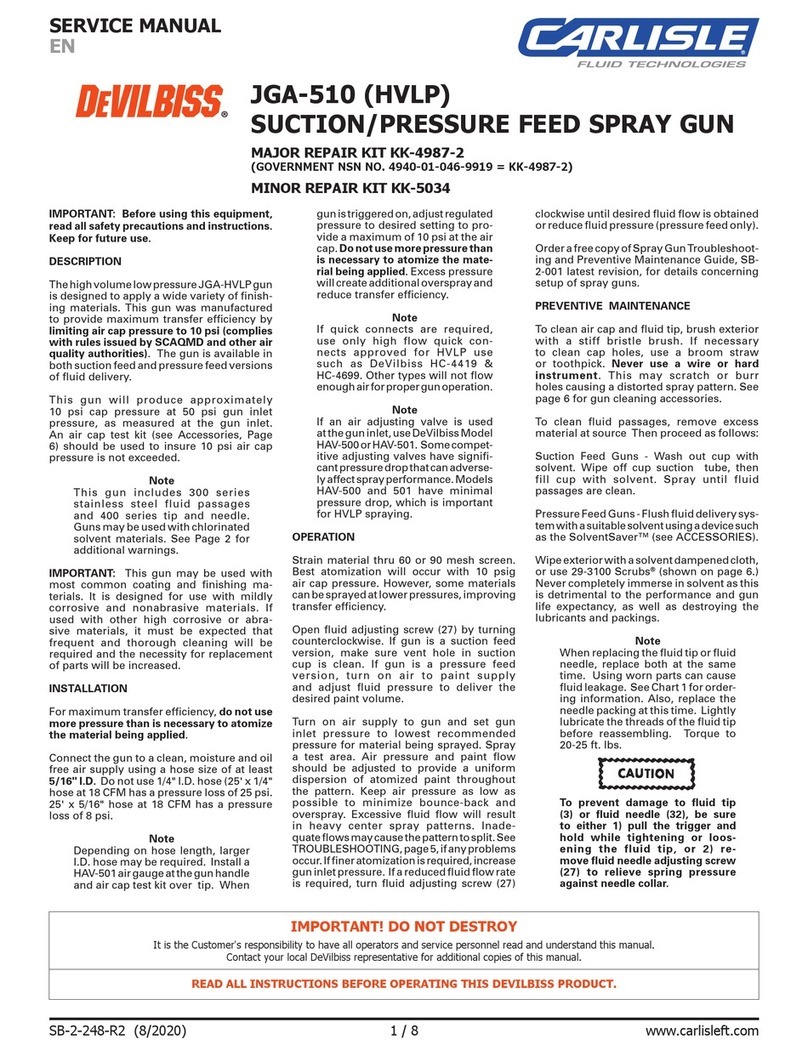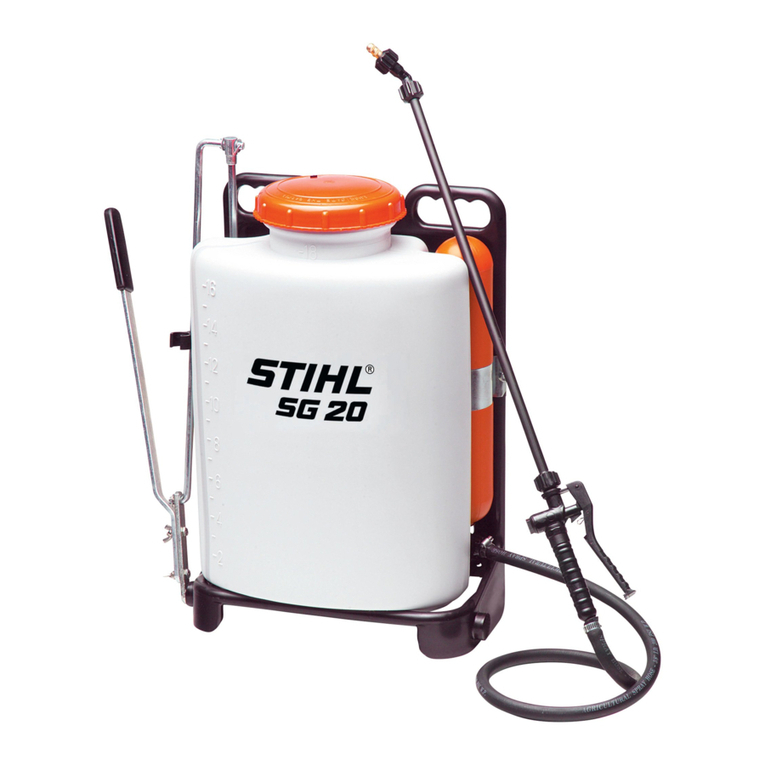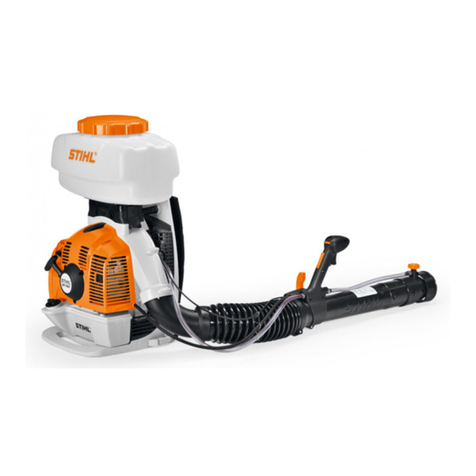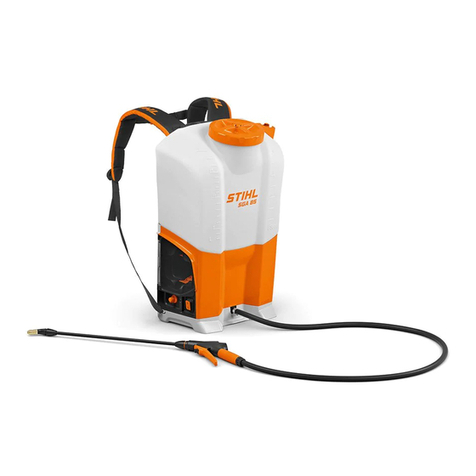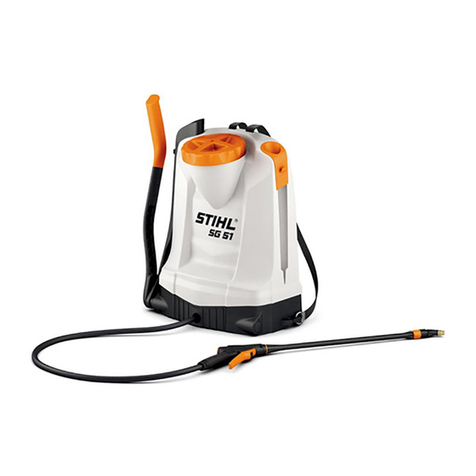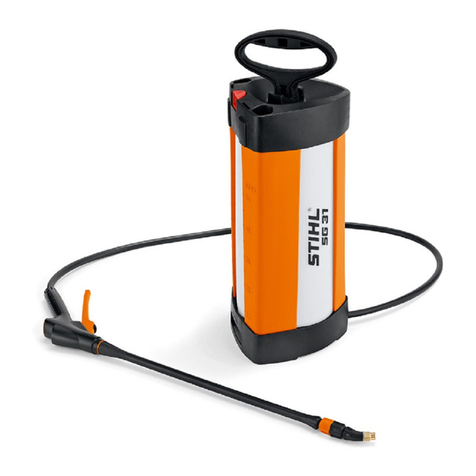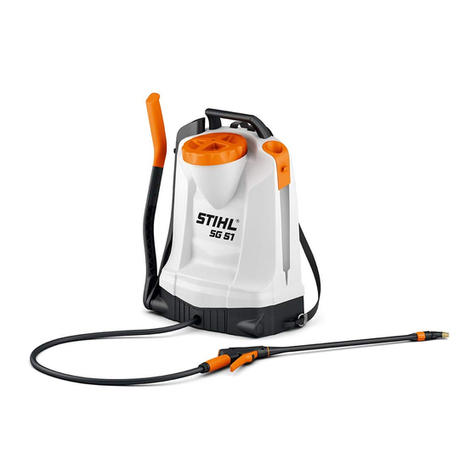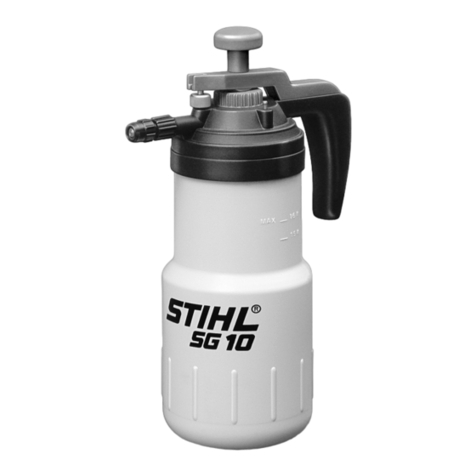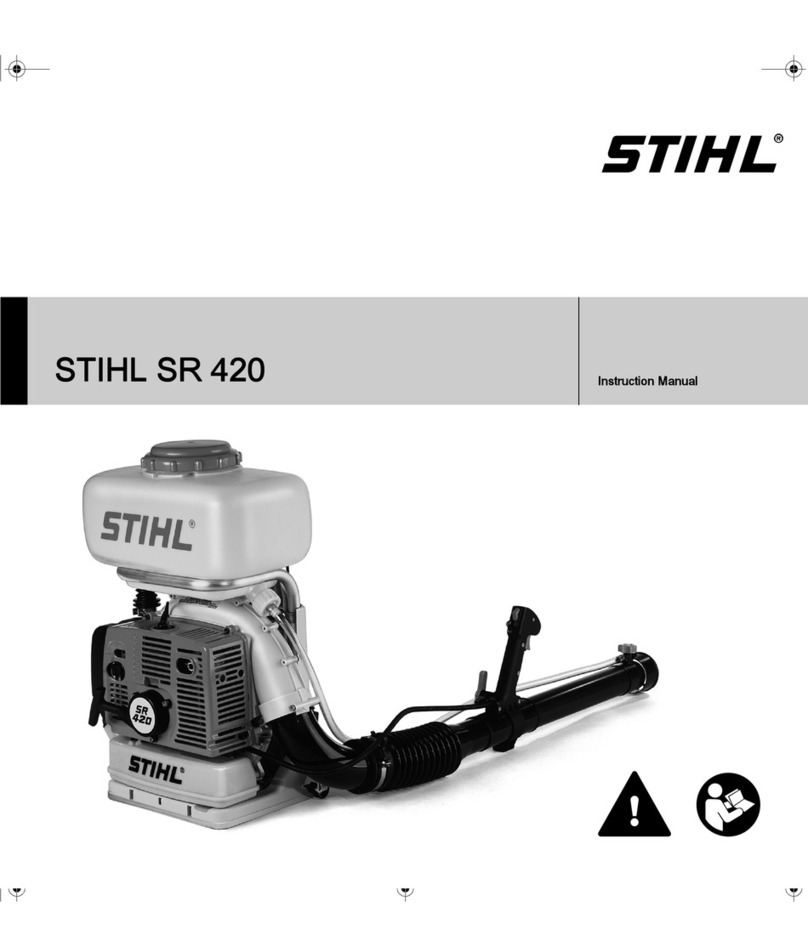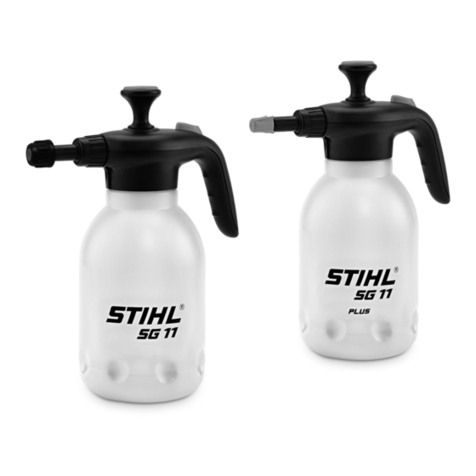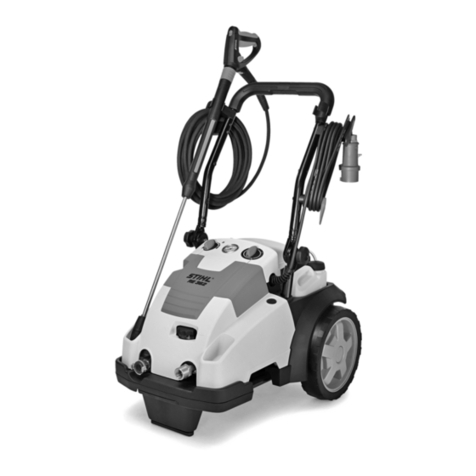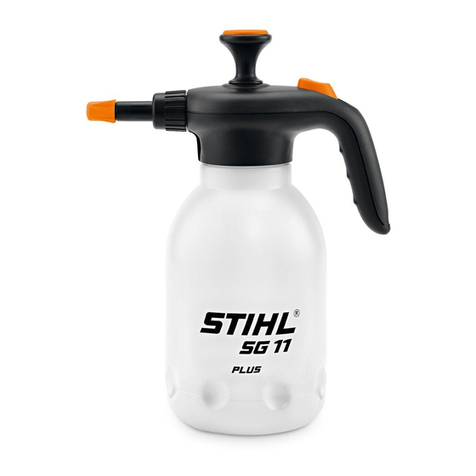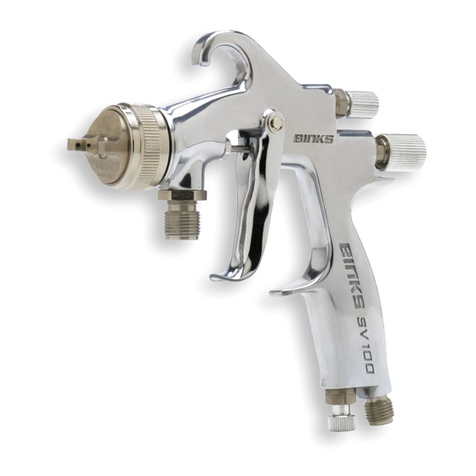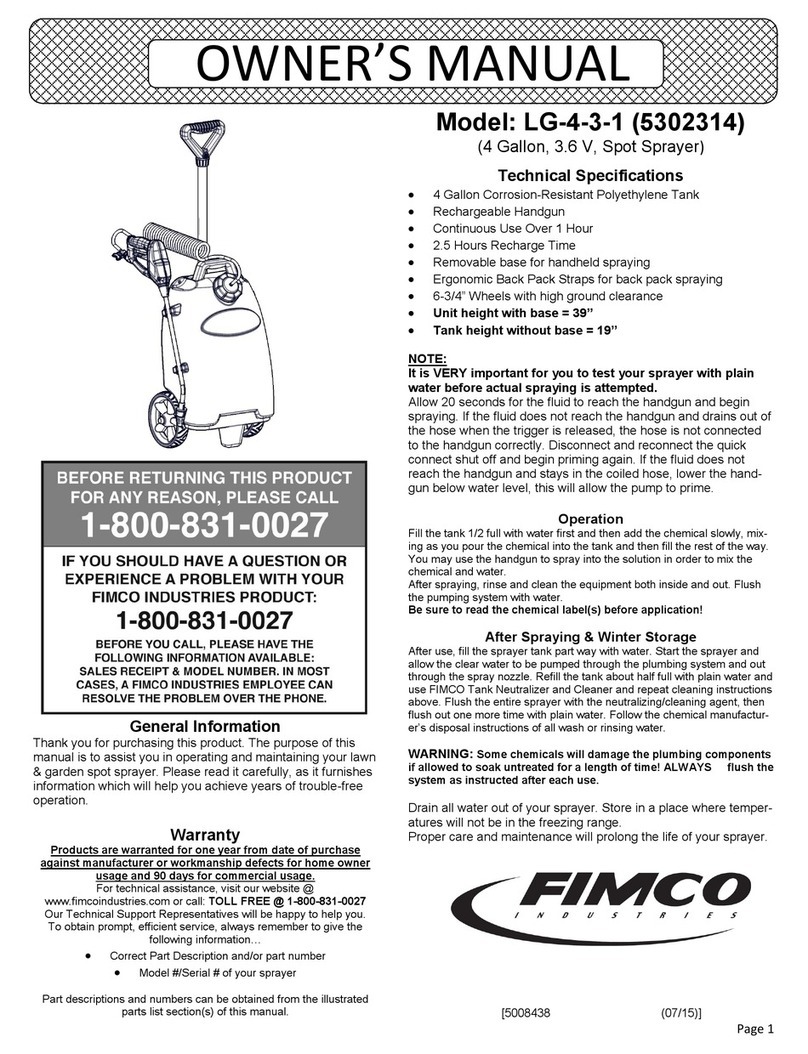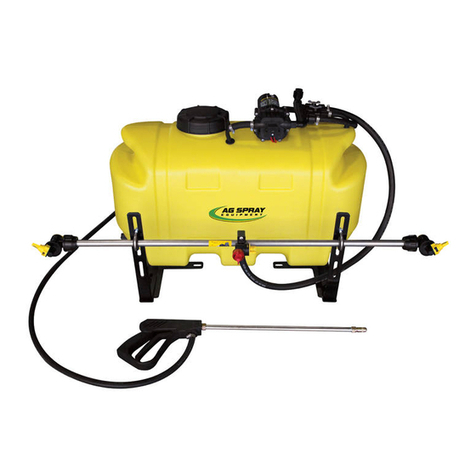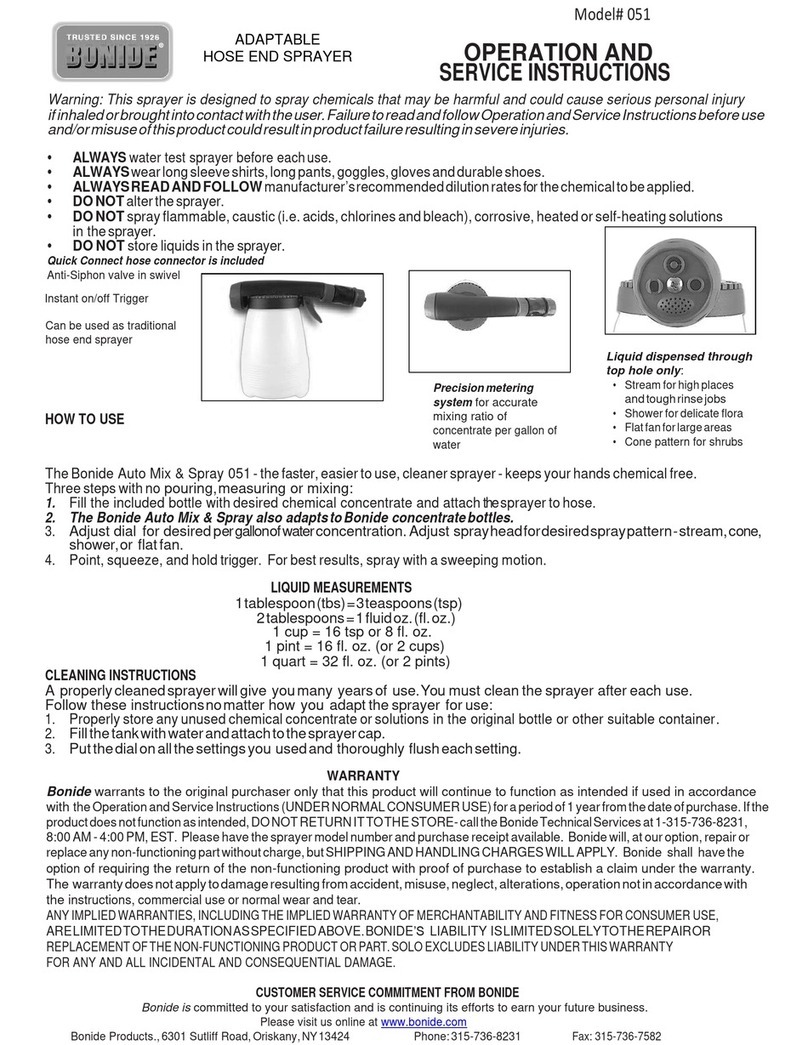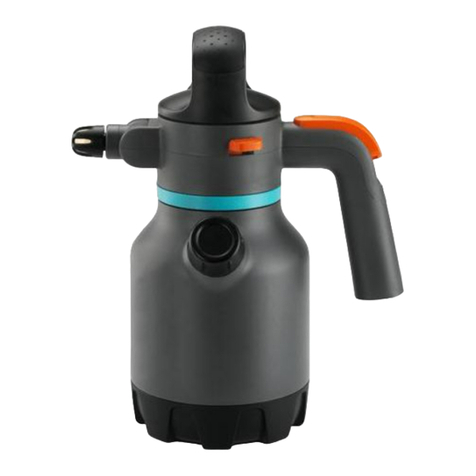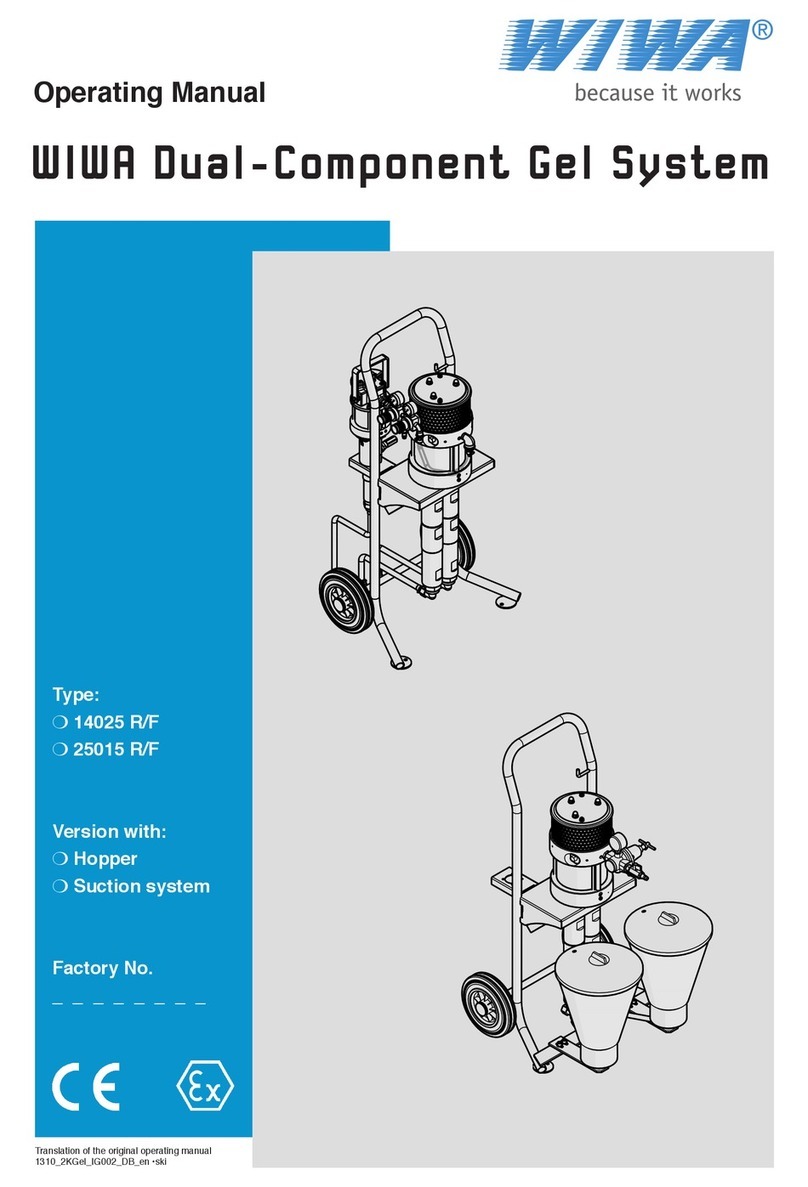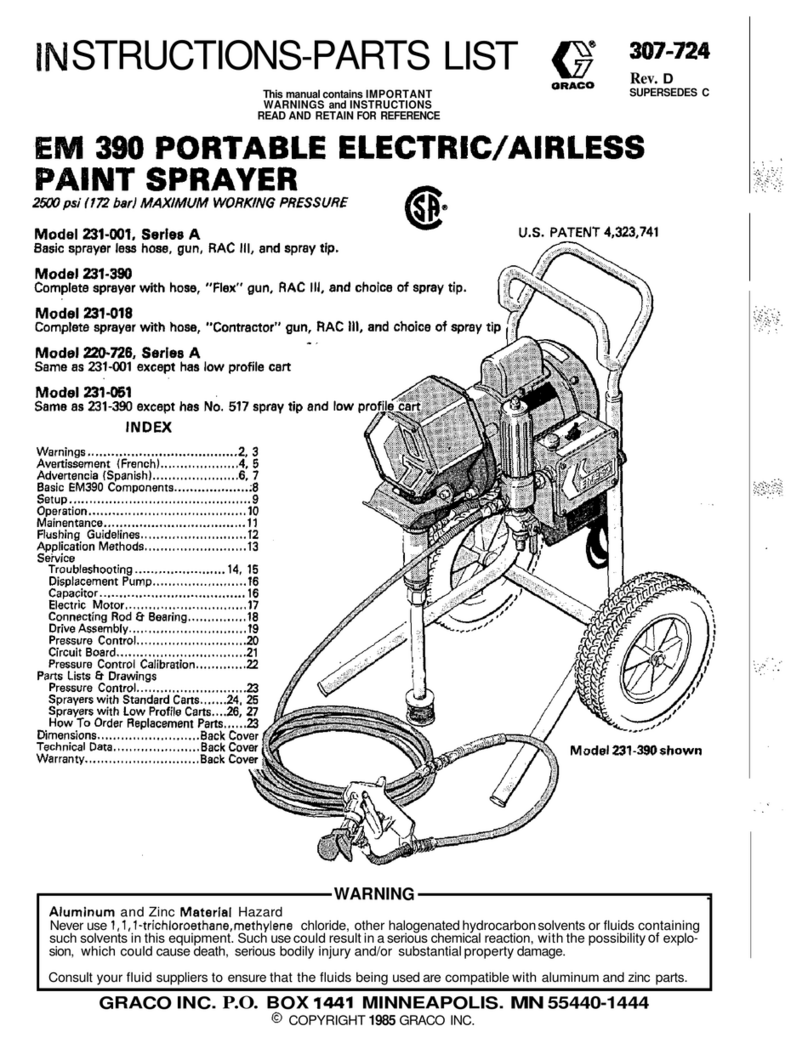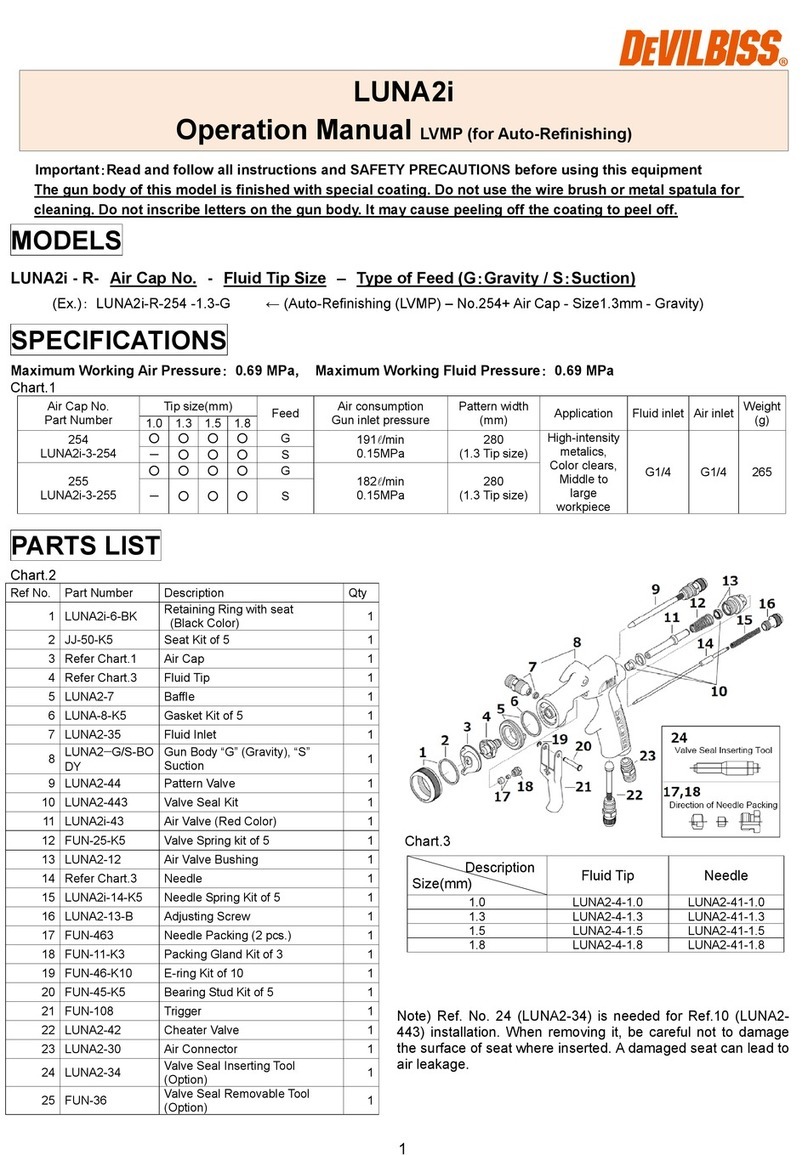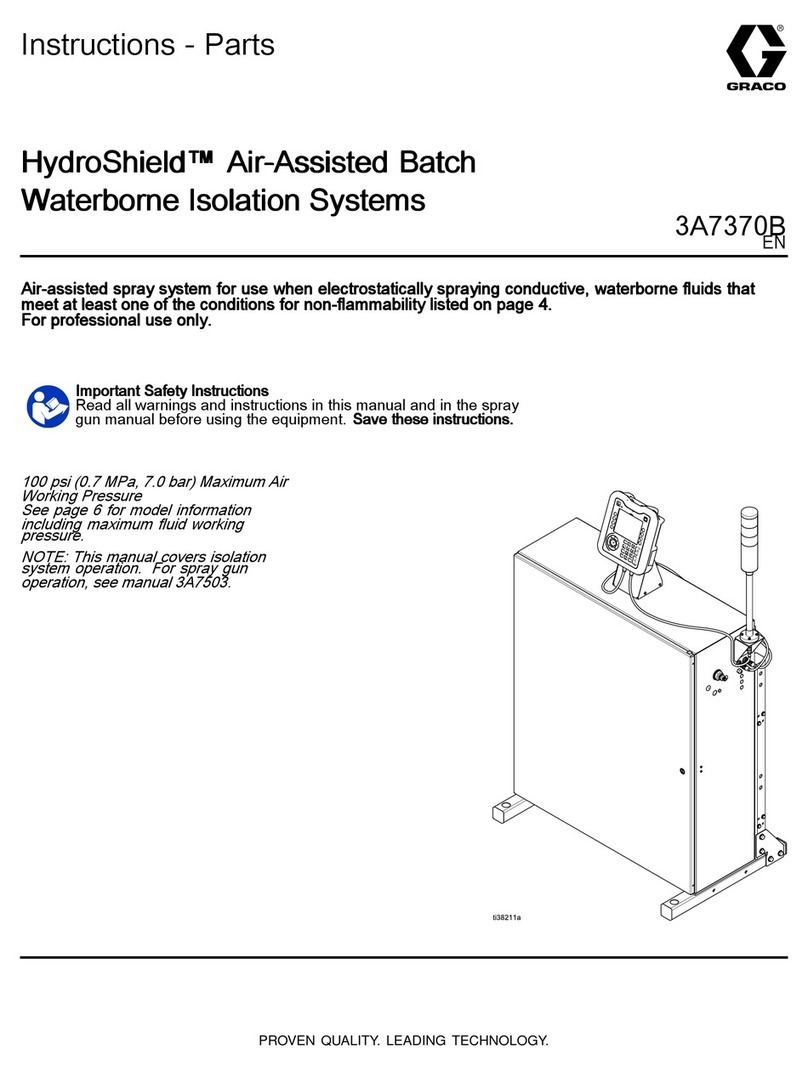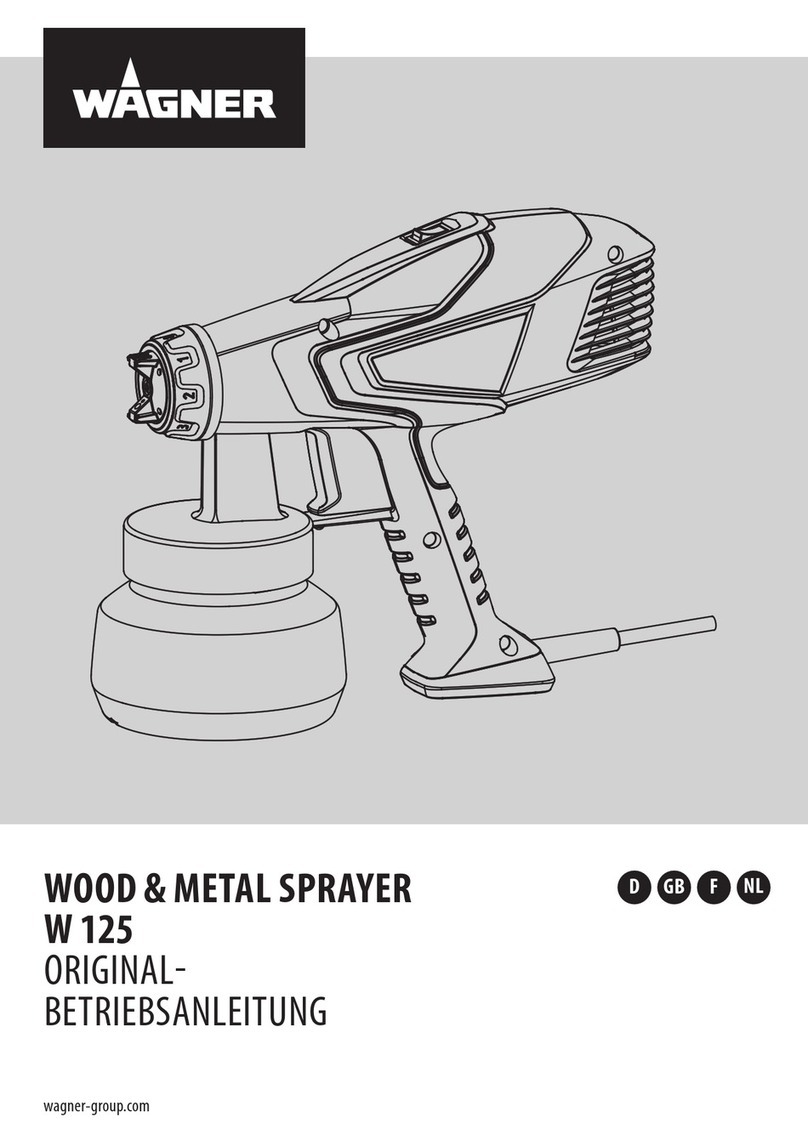
Observe all applicable local safety regulations,
e.g. by trade organizations, social insurance
institutions, labor safety authorities etc.
If you have not used this machine before: Have
your dealer or other experienced user show you
how to handle your machine safely or attend a
specialist course.
Minors must never work with the machine –
except for young people over the age of 16 who
are being trained under supervision.
Children, animals and bystanders must not be
allowed near the machine.
When the machine is not in use, put it in a place
where it does not endanger others. Secure the
machine against unauthorized access.
The user is responsible for accidents or risks
involving third parties or their property.
Do not pass on or lend the machine to persons
who are not familiar with this model and its han‐
dling – always include the User Manual.
The use of machines that emit noise may be limi‐
ted to certain hours of the day as specified by
national and/or regional or local regulations.
Do not operate your machine if any of its compo‐
nents are damaged. Pay special attention to the
tightness of the container (no leaks).
Operate the power tool only if it is complete and
properly assembled.
Do not use a high-pressure washer to clean the
power tool. The solid jet of water may damage
parts of the unit.
2.1 Physical fitness
To operate the power tool you must be rested, in
good physical condition and mental health. If you
have any condition which may be aggravated by
strenuous work, check with your doctor before
operating a power tool.
If you have a pacemaker: The ignition system of
your machine produces an electromagnetic field
of very low intensity. This field may interfere with
some pacemakers. To reduce health risks,
STIHL recommends that persons with pacemak‐
ers consult their physician and the pacemaker
manufacturer before operating this tool.
Do not operate the power tool if you are under
the influence of any substance (drugs, alcohol)
which might impair vision, dexterity or judgment.
2.2 Applications
This mistblower is suitable for applying fungi‐
cides, herbicides and pesticides at ground level.
Spraying overhead is possible with mistblowers
equipped with a pressure pump. Typical areas of
application are in fruit, vegetable, wine and crop
growing, plantations, flower growing, grassland
and forestry.
Only use plant protection products that are spe‐
cifically approved for use in portable mistblowers.
Do not use your power tool for any other purpose
because of the increased risk of accidents and
damage to the power tool. The product must not
be modified in any way - this may also lead to
accidents or damage to the unit.
Additionally on SR 450:
In the dusting and spreading mode, plant protec‐
tion products can be applied over a wide area in
powder form or as dry granulate.
Only use plant protection products that are spe‐
cifically approved for use in portable spreaders/
dusters.
2.3 Accessories and replacement
parts
Only use parts and accessories that are explicitly
approved for this power tool by STIHL or are
technically identical. If you have any questions in
this respect, consult your dealer. Use only high
quality parts and accessories in order to avoid
the risk of accidents and damage to the unit.
STIHL recommends the use of original STIHL
parts and accessories. They are specifically
designed to match the product and meet your
performance requirements.
Never attempt to modify your power tool in any
way since this may increase the risk of personal
injury. STIHL excludes all liability for personal
injury and damage to property caused while
using unauthorized attachments.
2.4 Clothing and equipment
Wear proper protective clothing and equipment
when using, filling and cleaning the power tool.
Follow the chemical manufacturer's user manual
with respect to protective equipment.
Immediately change work clothes contaminated
with plant control chemicals.
2 Safety Precautions and Working Techniques English
0458-454-0121-G 3
